Science at the elementary schools is evolving.
Over the past three years, the science program at the three elementary schools in the School District of Clayton: Captain, Glenridge, and Meramec, has been completely overhauled. Each of the elementary schools now has a dedicated science teacher and brand new state-of-the-art science lab with the completion of their Proposition S construction.
The former textbook-based curriculum has been replaced by an interactive and hands-on science curriculum. The goal of the new program is to significantly enhance the elementary science education by engaging young students in labs with a motivating science teacher.
Prior to the implementation of the new science program, there was a tub system for science at the elementary schools. During each unit, a teacher would receive a tub full of that unit’s materials.
However, Tom Sprengnether, the science teacher at Meramec Elementary School and former teacher at Glenridge Elementary School, explained the significant limitations to the tub system.
“We had a tub system where the materials would rotate school to school and…that became very limiting,†Sprengnether said. “When you were teaching science, you only had a set number of weeks to teach that particular unit because you had to send the materials on to the next school. So, the materials were driving the curriculum and driving the planning of the teachers instead of the needs of the students.â€
In the new science program, classroom teachers co-teach science with the science specialists and readily use the new labs, saving them the time and effort previously involved with teaching science only in classrooms.
“[Teachers now] don’t have to worry about the preparation and clean up involved with science that can sometimes be overwhelming if you are also teaching math, social studies and literacy,†Sprengnether said.
The three new science teachers also ensure that all students have equal science education in elementary school instead of different levels of engagement in science with individual teachers in the past.
“A program like this would definitely make the community feel confident that all kids are getting the same quality education in science whereas in the past that may not have been the case,†Brendan Kearney, the science teacher at Glenridge Elementary School, said. “When you have a specialist in each building, you are definitely ensuring that these kids are getting a quality education across the board.â€

Furthermore, the new science labs, some of the few in public schools in St. Louis, have facilitated an exciting in-depth study of science for the elementary school students.
“It’s a dream come true because it allows us to really focus on one content area and drive deeply into it,†Kearney said. “To have these facilities with all these resources at our fingertips, is just motivating for us and the students.â€
Currently, kindergarten through second graders spend about a third of their science curriculum time in the labs during their life sciences unit while third through fifth graders spend a majority of their science time in the labs.
“We’re really excited about the new schedule we have for science,†the School District of Clayton’s Science Coordinator Nathan Peck, who helped develop the new elementary science program, said. “Last year, the [elementary school] science teacher would get to teach the kids about one third of a time in a grade level. The way we have it set up now is that kids from third, fourth, and fifth grade will be in the science lab for two-thirds of their science program. From a student’s stand point, this year with the labs, they get a lot more exposure to laboratory science…that really helps a lot in getting the kids engaged in science.â€
With the new labs, the elementary school kids have already discovered a new interest, motivation, and passion for science.
“They love to come in here,†Christina Hwande, the science teacher at Captain Elementary School, said. “They love to see anything that we have out…they check out the microscope every time they come in. It’s a place for them that they can explore.â€
Sprengnether’s second graders were overjoyed when the seeds that they planted spurted into a little seedlings.
In addition to the new labs, the elementary schools adopted a new science curriculum, the Full Option Science System (FOSS), which is a hands on, inquiry based, and up-to-date curriculum used in many districts across the country.
“It’s no longer just the content that we are teaching, it’s also the process of science,†Hwande said. “They have to be proficient with both of those ideas. They absolutely need to know the content but they also have to figure out how to go about answering those questions that they have.â€
By introducing and engaging elementary school students in these new labs and exciting scientific inquires, there will hopefully be a trickle up effect into Wydown Middle School as more students will enter middle school with a basic understanding of science. Ultimately, as Peck explained, the new elementary school science program will lay the foundation and framework for the rest of the district’s science program extending beyond middle school to even high school.
“We’re going to see a substantial impact in the middle school program, where all our kids are going to be coming in with laboratory experience where before they had much less,†Peck said. “Having labs at the elementary schools also helps us in teaching our enduring understandings in science in the kindergarten through twelfth grade program…With our new curriculum, we really have a kindergarten through twelfth grade science program now.â€

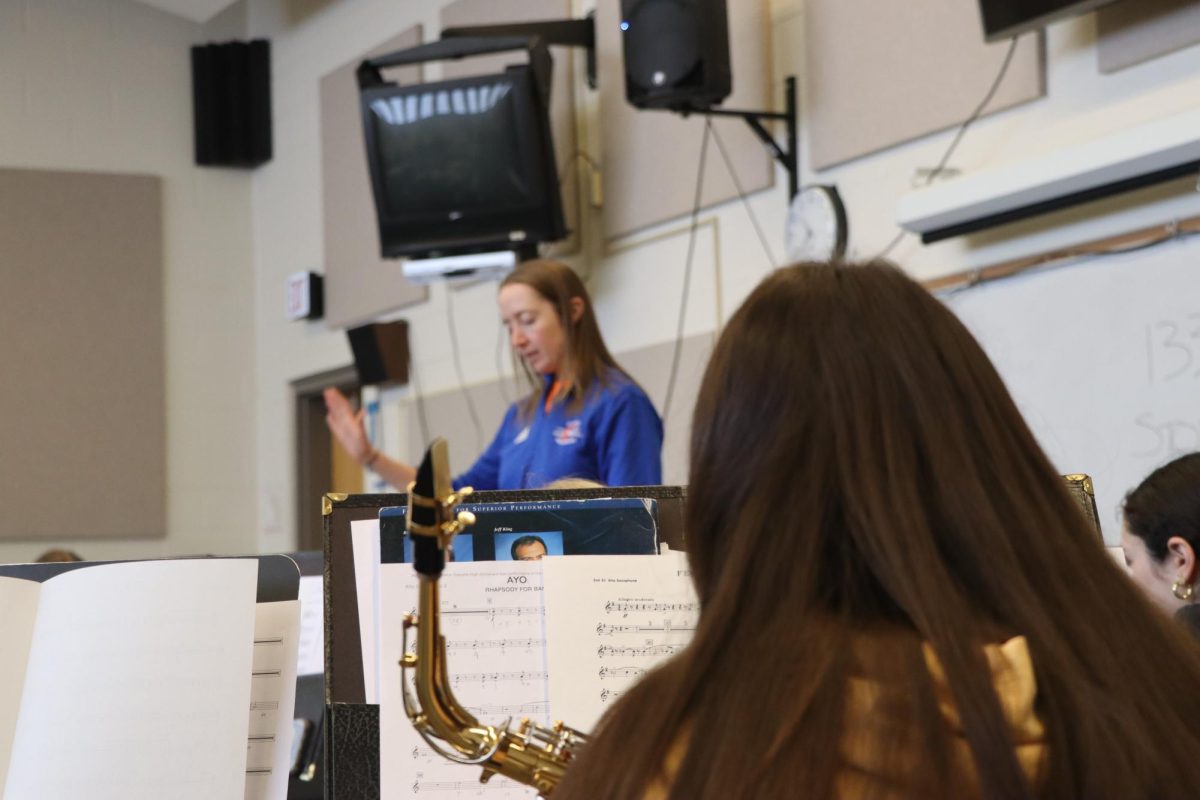

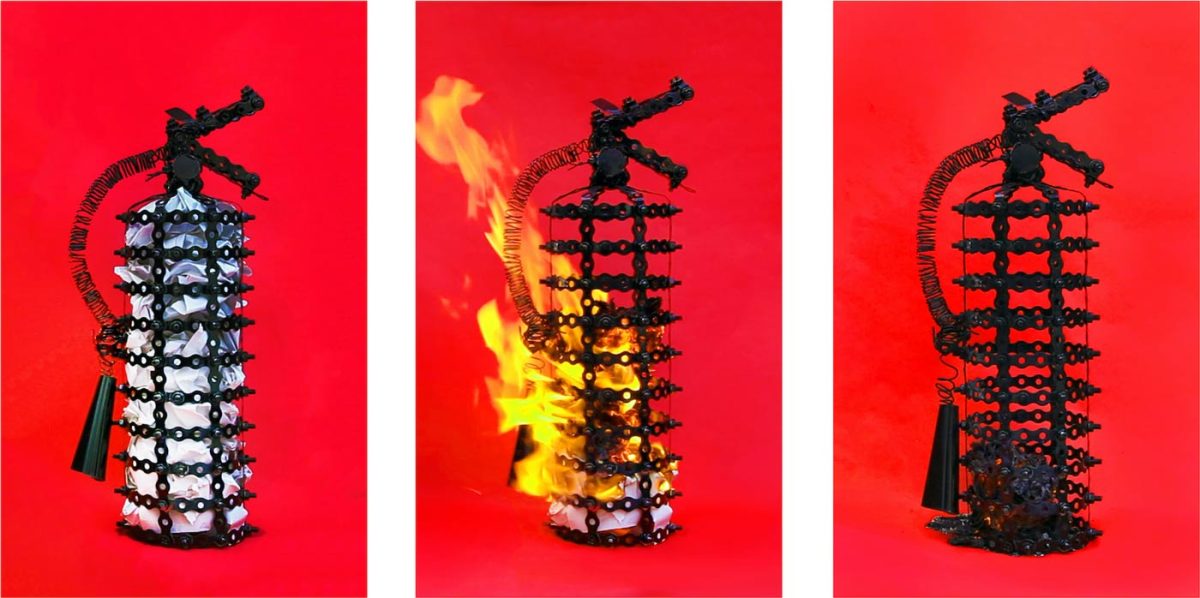
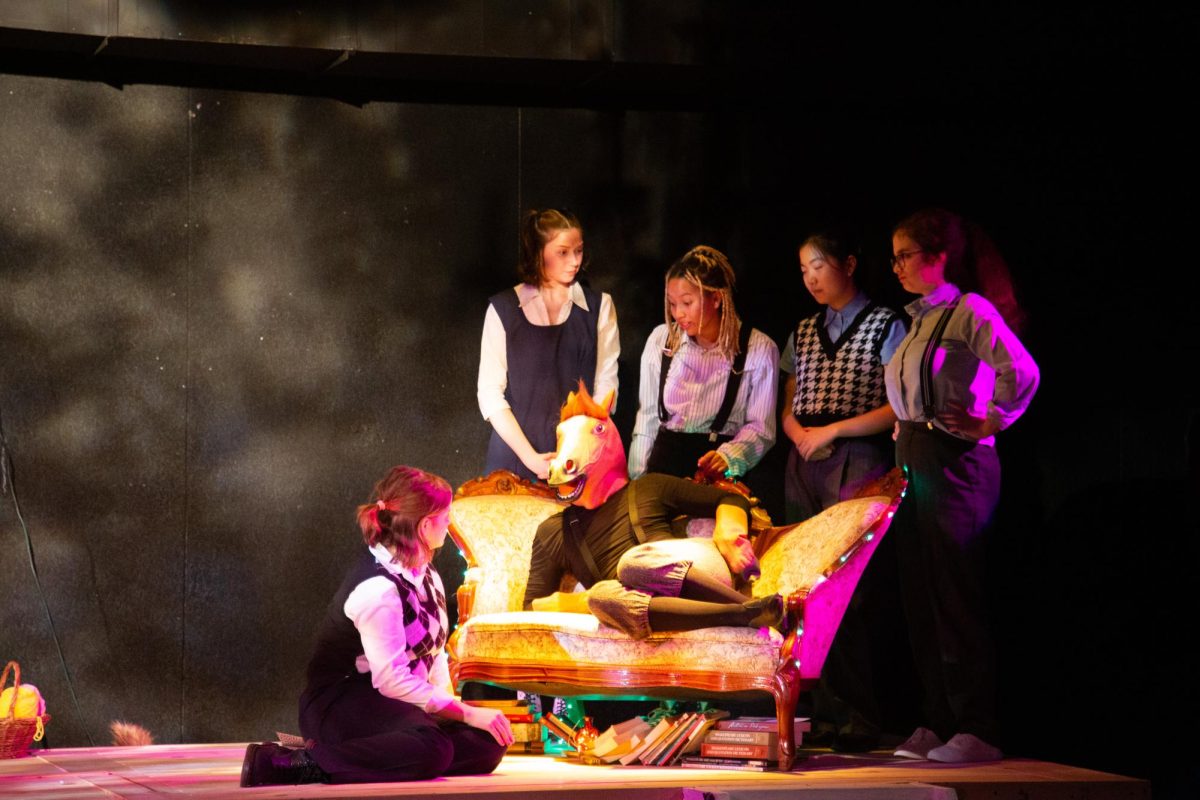
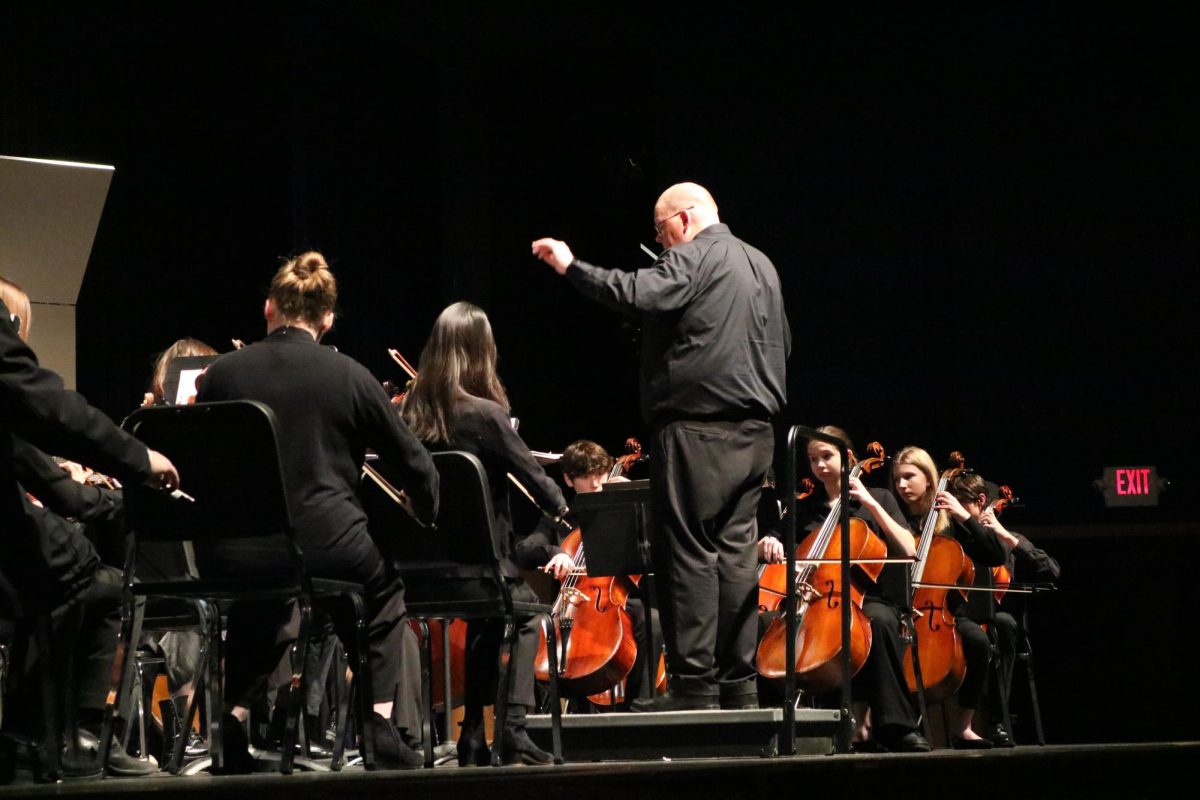
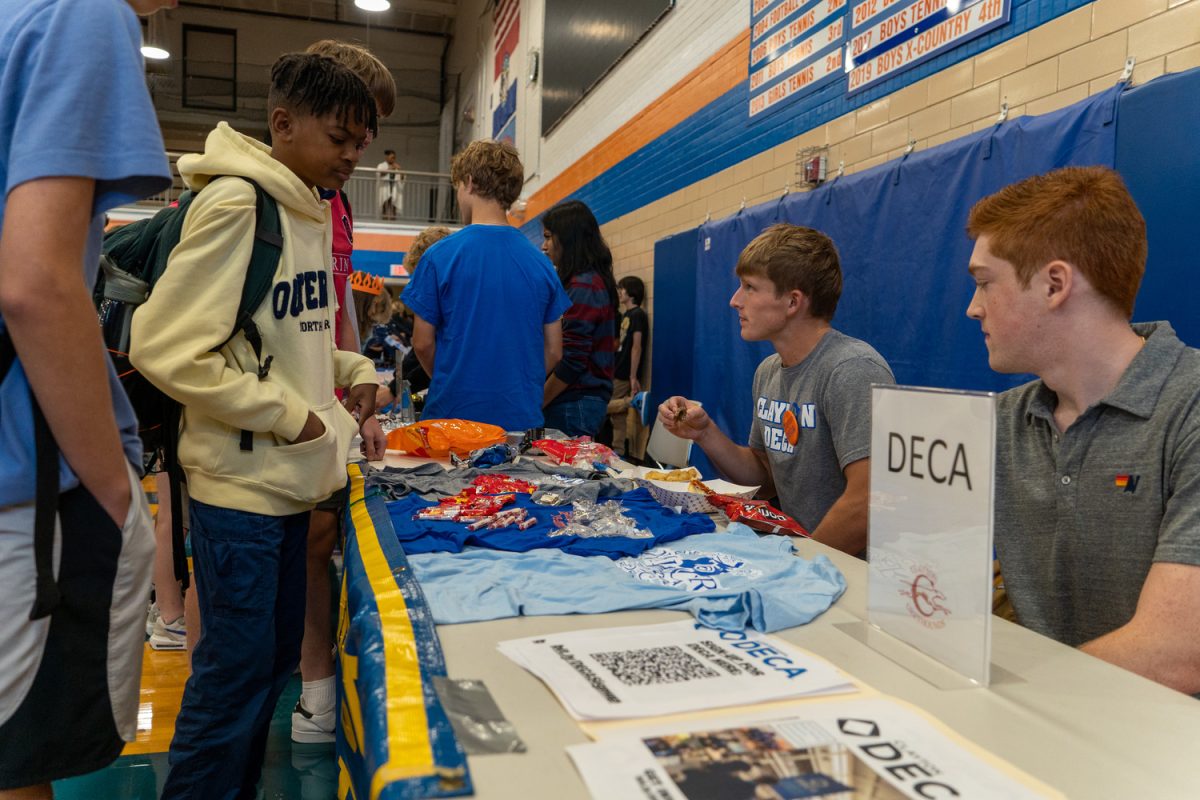
Clay Boggess • Oct 19, 2010 at 7:33 am
This is a great idea that should be implemented in other areas as well. By having a dedicated science teacher along with hands-on curriculum, hopeful this will provide the foundation that students need early on that will inspire them to stay interested in science over time. It will be interesting to eventually see studies showing outcomes comparing this method with a more traditional approach.